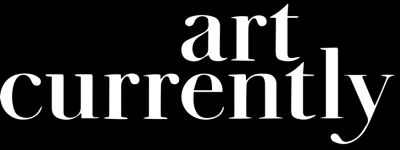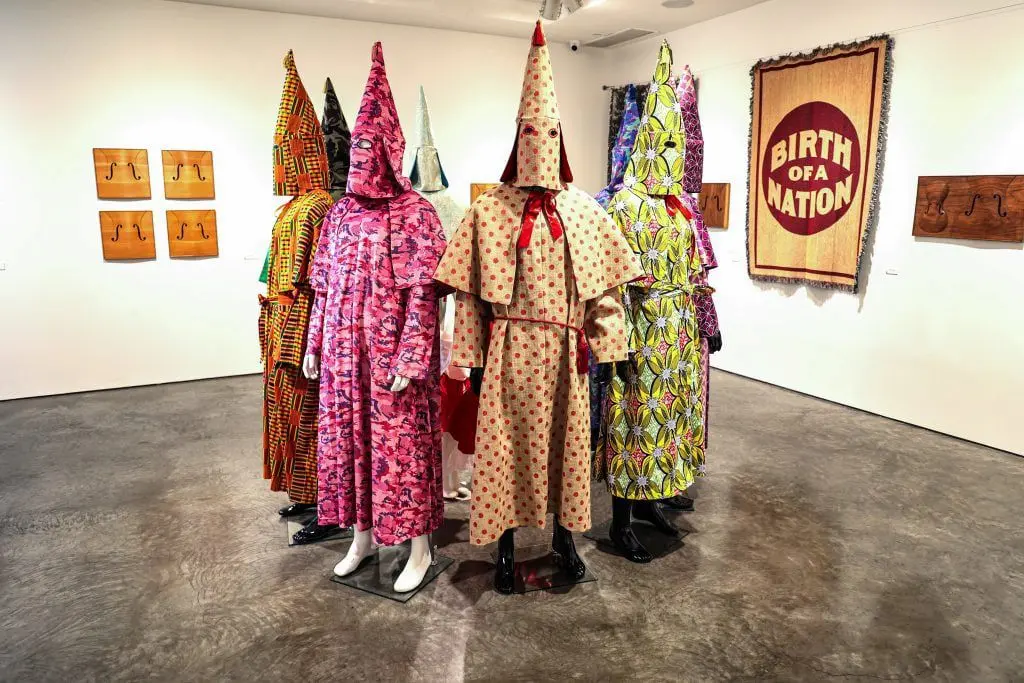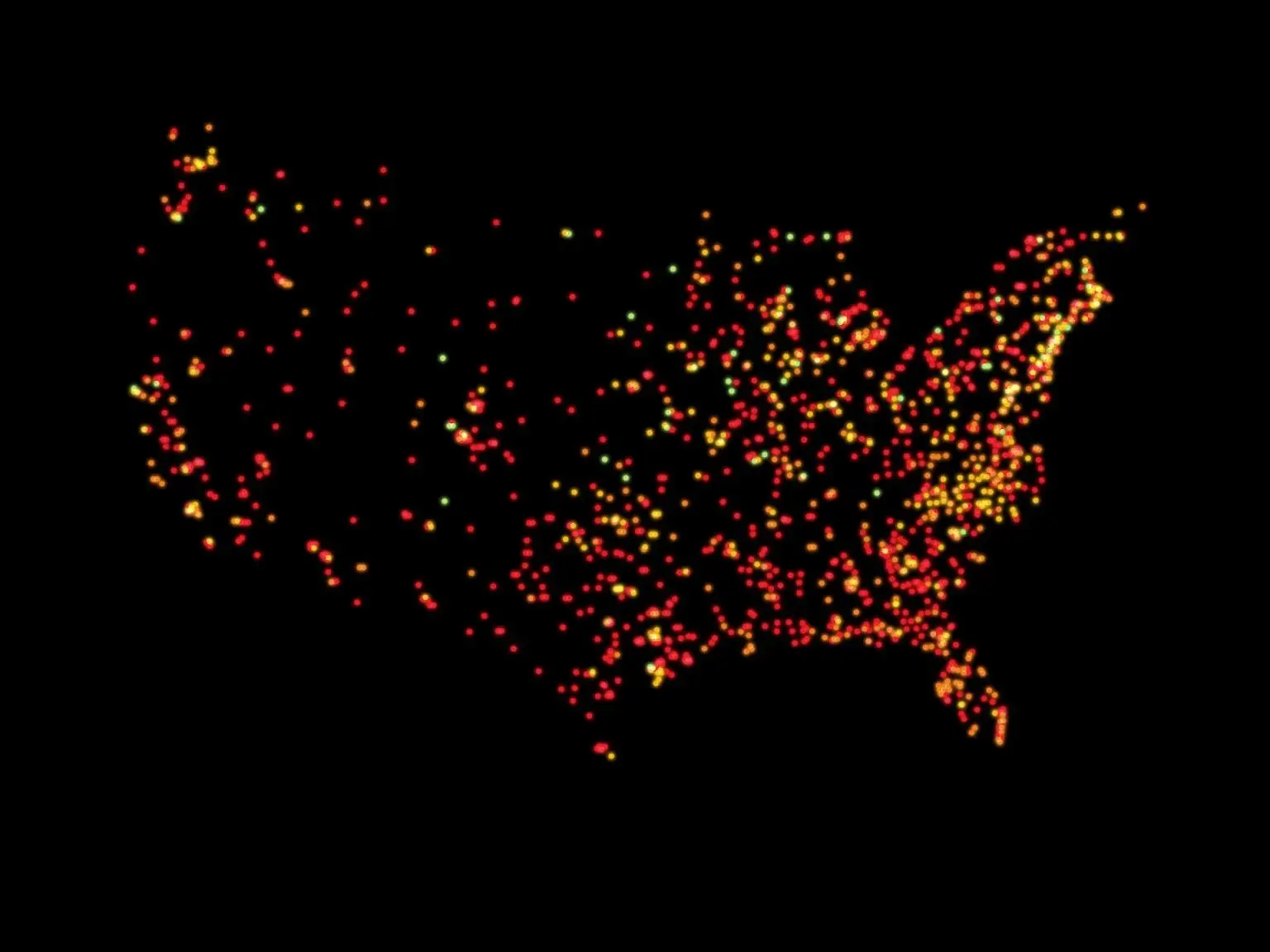Art Militant: Paul Rucker’s Radical Truth-Telling in “Rewind: Resurrection”
Paul Rucker's exhibition "Rewind Resurrection." Photo: courtesy of the artist.
“Paul Rucker’s “Rewind: Resurrection” is a brilliant, haunting and immersive reckoning with America’s racial history where canvas, sculpture and multimedia works collide in a radical act of truth-telling. This isn’t just an exhibition – it’s a call to confront, unlearn and remember what history tells us about right now. I had the luxury of joining Paul Rucker - an artist, composer, researcher, and most importantly, the current Assistant Professor and Curator for Creative Collaboration for VCUarts at Virginia Commonwealth University for his exhibition walkthrough in Chelsea last month.
The solo show premiered in New York City through the month of July at 545 W 23rd Street, an isolated space nestled on the far west side of Chelsea. The multimedia installation marks the 10‑year anniversary of his earlier REWIND project. The “centerpiece”, as Rucker calls it, is a haunting circle of nine reinterpreted pointed-hood KKK robes stitched with vivid, non‑traditional fabrics creating a structural boundary around three tiny toddler sized robed figures. The scene would stop anyone in their tracks – whether touring the space or casually catching a glance at it from the street (which is exactly how I realized I was in front of the exhibition). The image is haunting yet it's real. Rucker shows no emotion when referring to the past. No softer terms or timid approaches.
During his talk with a group of visitors that I joined, Rucker intentionally puts emphasis on the original environment in which the exhibition exists through his sharp, direct and sometimes gut wrenching references to the Black body. Words like “livestock”, “possessions”, “agriculture”, “prisoner” are terms he does not shy away from. To Paul an art space is an educational space, therefore, an honest space. The presentation of history serves as an arresting representation of systemic racism’s path and persistence against American society. At the second gallery space, viewers encounter artifacts and colonial ephemera like KKK membership cards, pamphlets, hoods, tools for torture and other lynching-related memorabilia; evident to how expansive the show is and its emphasis on the historical racial terror in the south.
Paul Rucker, Proliferation, an animation of new facilities being built for the U.S. prison system. Photo: courtesy of the artist.
Alongside these artifacts, Rucker deploys a stop motion animation of lynching postcards, soundscapes of the South, sculpture, tapestry works and performance to give dynamic form to racial memory. One of his multimedia animations visualizes the proliferation of prison facilities, repurposing census and incarceration database records into a powerful display of institutional control and order in America. Sculptural wooden reliefs frontfaced with single piece of embossed illustration paper wraps up the exhibition in a way never before seen. The circular stamps in the paper canvas all signify bullet entry locations from a wide number of black victims of state violence – this final display along with the aged instruments all come together to memorialize lesser‑known victims of racial monopoly in our nation amplifying the hidden stories of figures such as the Scottsboro Boys and James Bird Jr. rather than celebrated icons, driving home the depth of erased history.
Rucker carefully takes these histories that most would conveniently turn their head from, disagree with and, unfortunately, often dismissed as irrelevant to today’s society (a topic recently beautifully covered by Dr. Allison Wiltz in a 2024 essay on Medium) and creates a labyrinth of education encouraging a shared resistance to systems that negatively serve the community. His transcension from the meaning of “artist” in this emphatic performance of research, oration and curation furthers Rucker’s dominance in the art world as a composer, educator and visual artist. The result is an urgent, immersive conversation that demands more than a passive witness to what was but an artistic call to interact with America’s uncomfortable past and silence the reverberating echo that still lives within the very fabric and essence of the place we call home.



